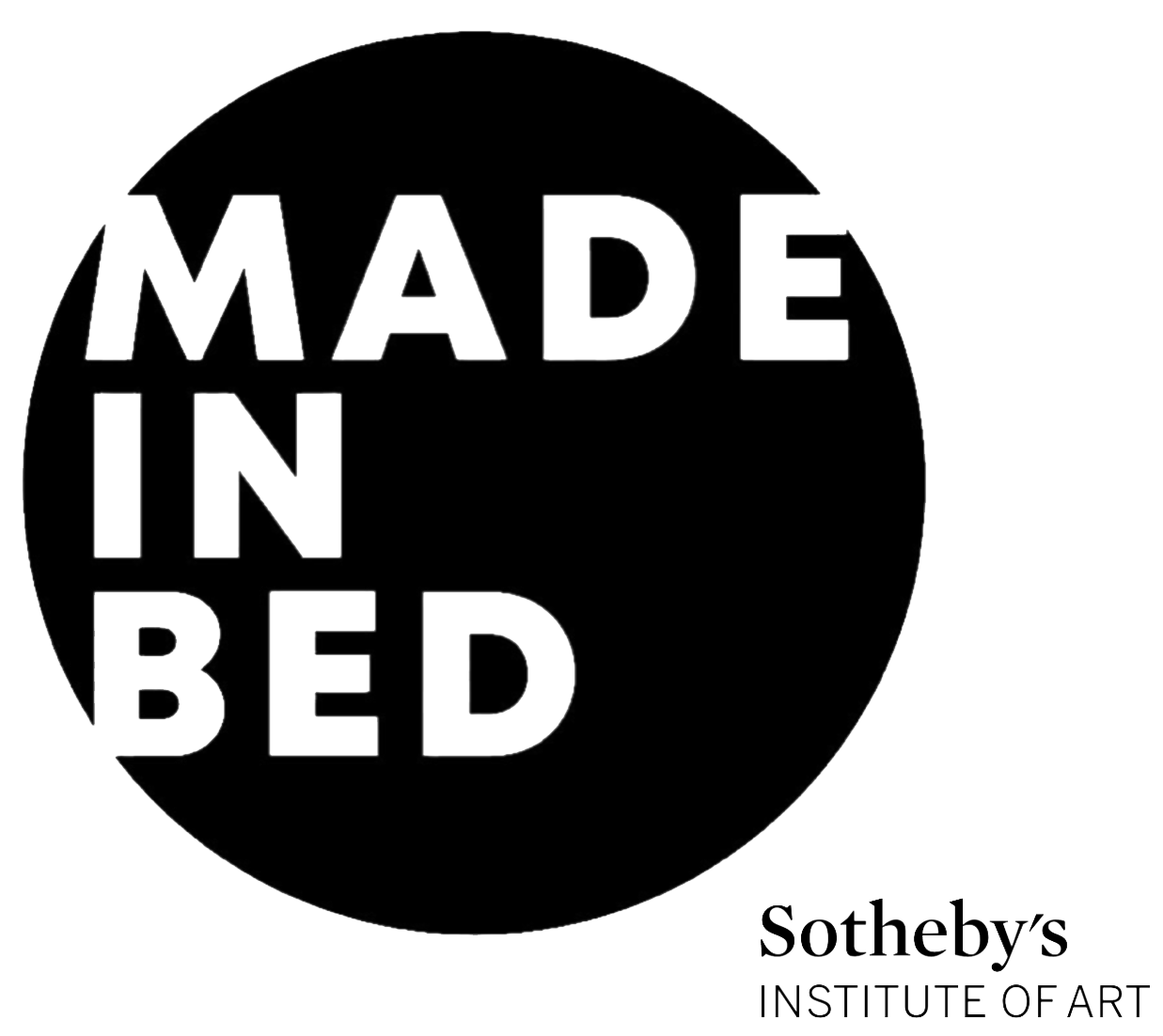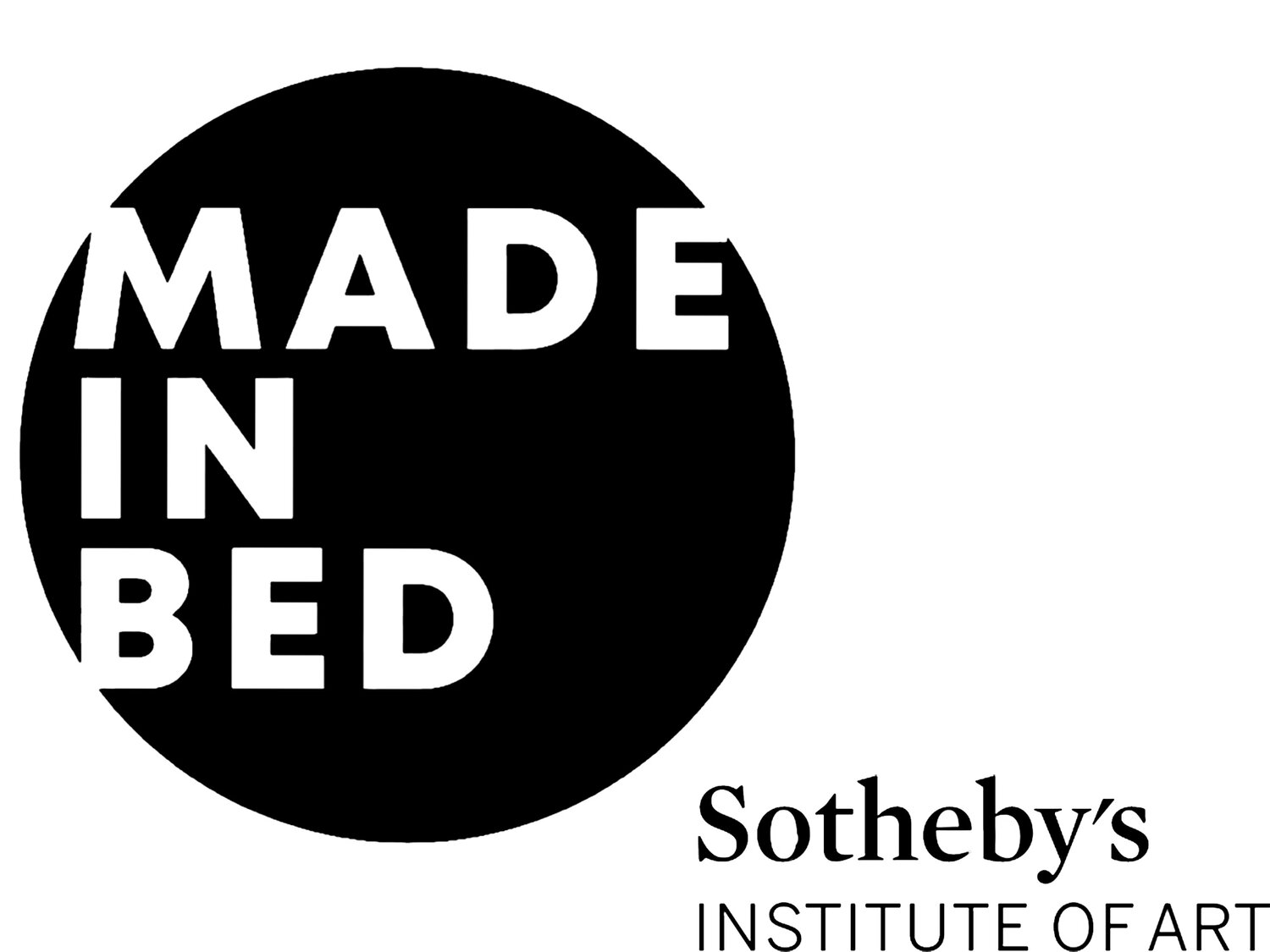Journey Through the Valley: A Guide to Desert X
The desert stretches around you endlessly in every direction, cradled by distant mountains that frame Coachella Valley. There is a quiet here, a stillness that heightens your awareness of every movement. Until suddenly, something disrupts the horizon. Towering at 30 feet, sequin covered clouds shimmer and shift with the sunlight and wind. It’s not a mirage, it’s Desert X.
Photo Courtesy: desertx.org
Every two years, this open air exhibition transforms the valley into a playground for creatives, exploring where art and landscape become one. Unlike the more chaotic energy of the concurrent Coachella music festival, Desert X invites visitors to experience a different kind of artistic showcase; one that fosters connection, provokes deeper conversations, and supports artists internationally, ultimately allowing visitors to see the desert in an entirely new way.
This year marks the fifth edition of Desert X, curated by Kaitlin Garcia-Maestas and artistic director Neville Wakefield. Featuring 11 thought provoking works scattered across the valley. Each piece is site specific, designed to engage with the land.
Unlike a traditional gallery exhibition confined by white walls, Desert X offers visitors the freedom to traverse the desert at their own pace and in their own direction, moving from installation to installation. Guided by a map on an accompanying application, the journey becomes an immersive and personal exploration of art within the vast landscape—almost like a treasure hunt.
2025’s exhibition, as stated on the Desert X site, “reflects on the desert’s deep time evolutions reframing ideas and wilderness and exploring themes of Indigenous futurism, design activism, colonial power asymmetries, the impress of humanity on the land and the role of emerging technologies in our contemporary society.” Each installation in this year's DX 2025 offers a distinct and playful interpretation of the theme, embodying the artists' diverse perspectives and styles.
Agnes Denes—The Living Pyramid
Photo Courtesy: desertx.org
New York-based Hungarian artist Agnes Denes’s sculpture is deceptively not related to the Egyptian pyramids, causing visitors to question their assumptions behind its meaning..Denes believes that,'when people think, they become part of your work.' Planted with native vegetation, her work aims to raise environmental awareness and foster community engagement. Symbolic of the hierarchy between oppressors and those who face adversity, her pyramids serve as an ointment to heal the wound, an optimistic edifice in a place of turmoil. It conveys the cycles of life.
Sanford Biggers—Unsui (Mirror)
Photo Courtesy: desertx.org
As a former graffiti artist in Los Angeles, Biggers developed a signature style incorporating clouds, which has continued to be a recurring motif in his work to date. His art serves as a reminder of the limitless possibilities and freedoms of being a cloud, existing 'free from limitation, definitions, and form.' After spending time in Japan, his work became influenced by Buddhist concepts. His clouds now serve as a representation of meditation, resilience, and identity, particularly within the Black community.
Jose Dávila—The Act of Being Together
Photo Courtesy: desertx.org
Creating a contemporary Stonehenge, Davila transported marble columns from a quarry across the US/Mexico border, sourcing them from his homeland. He aimed to create a work that leaves viewers questioning whether it belongs to the past or the future.
Cannupa Hanska Luger—G.H.O.S.T. Ride / (Generative Habitation Operating System Technology)
Photo Courtesy: desertx.org
This New Mexico-based artist, born on the Standing Rock Reservation, is a multidisciplinary creator who uses art to tell stories from an Indigenous perspective. Luger invites viewers to imagine themselves as ghosts visiting their future relatives on Earth. His work presents “Indigenous technology as a 20,000-year proof of concept”, envisioning a future that relies on and integrates a mutual relationship with nature—just as Native peoples have for centuries.
Raphael Hefti—Five things you can’t wear on TV
Photo Courtesy: desertx.org
Swiss artist Raphael Hefti was inspired by the sight of a slackline twisting effortlessly in the wind. When he initially saw it on the horizon he was unsure of what he was looking at. His work, constructed from a repurposed fire hose painted with a reflective finish on one side, captures the viewer’s attention by creating a visual ‘glitch.’ Ultimately, his piece plays with light and space, challenging our perception of reality.
Kimsooja—To Breathe—Coachella Valley
Photo Courtesy: desertx.org
South Korean artist Kimsooja draws inspiration from bottaris, the fabric encased bundles deeply rooted in Korean culture and central to her work. For this installation, rather than using textiles, she transforms glass treated with optical film into a ‘bottari of light.’ The iridescence and circular form of her piece evoke broader themes of interconnectedness, the cycles of life and death, and the perpetual rotations of our planet.
Kapwani Kiwanga—Plotting Rest
Photo Courtesy: desertx.org
Canadian born artist Kapwani Kiwanga’s mid century inspired structure explores the idea of shelter lacking protection. Roofless and wall-less, it pays homage to those who fled American slavery under the false promise of freedom in the North. Built with imported stones and local palm fronds, it serves as a reminder of history’s ongoing cycles of migration and hope
Sarah Meyohas—Truth Arrives in Slanted Beams
Photo Courtesy: desertx.org
New York artist Sarah Meyohas has embedded a hidden message within her ribbon like structure. Using mirrors to reflect sunlight and cast shadows on the sandy desert floor, the message is revealed as visitors move around the installation. However, because it depends on light and angles, it is not always fully visible. Meyohas sees this as a metaphor for truth, unchanging and constant, yet sometimes obscured by external factors beyond our control.
Ronald Rael—Adobe Oasis
Photo Courtesy: desertx.org
Berkeley based artist Ronald explores the intersection of ancestral knowledge and modern innovation. He believes traditional craft and building techniques have been neglected, leading to a loss of valuable expertise. In his work uses 3D printing technology to construct structures made entirely of mud, blending 10,000-year-old earthen building methods with contemporary advancements. This fusion creates compelling juxtaposition between honoring the past and embracing the future
Alison Saar—Soul Service Station
Photo Courtesy: desertx.org
A gas station for the soul, Soul Service Station by Los Angeles-based artist Alison Saar, offers a space for spiritual replenishment. Constructed from repurposed materials such as weathered wood and glass bottles, the installation replaces gas pumps with conch shells that play audio recordings of uplifting poems filled with hope and affirmations. At the heart of the station stands a lifesize figure named Ruby, symbolizing protection, strength, and Black female identity. Saar collaborated with Coachella Valley schoolchildren in creating this piece, emphasizing her dedication to community and the power of unity in uplifting one another.
Muhannad Shono—What Remains
Photo Courtesy: desertx.org
Born in Riyadh, Saudi Arabia, Muhannad Shono grew up grappling with the idea of home. As he questions, “When there is no place you can call home, that you can return to? What remains?” His installation consists of long fabric strips scattered across the desert floor, some overlapping, others draped over shrubs. As the wind moves the fabric, it never fully lifts away, nor does it completely untangle. For Shono, this reflects the human experience - where the notion of a fixed home remains nonexistent.
This one of a kind event not only transforms the desert but also invites visitors to reflect on the nature of experience, impermanence, and our connection to the land. Desert X is a true treasure within the desert, but its presence is fleeting. Running from March 8 to May 11, 2025, the exhibition will eventually vanish like sand in the wind, leaving the surrounding landscape untouched.
Auden Walter
En Plein Air Co-Editor, MADE IN BED













